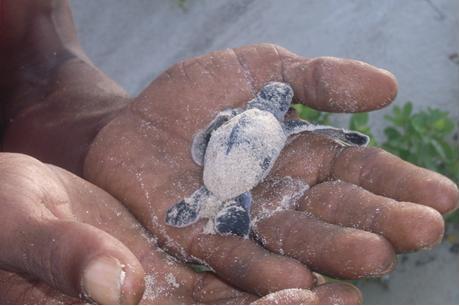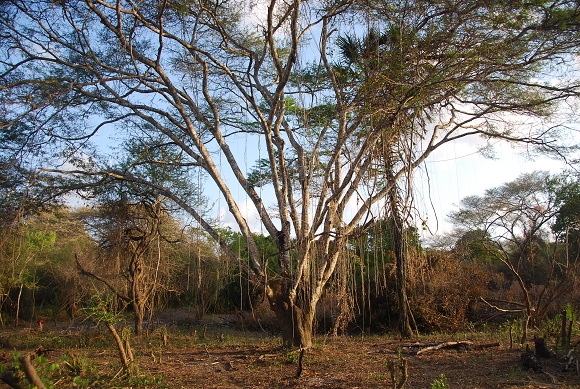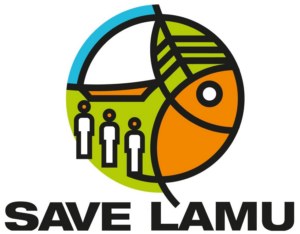Save Lamu supports advocacy for land rights as we believe Lamu’s biodiversity and local livelihoods are highly threatened by land insecurity. The threats include, but are not limited to:
- Plots in gazetted water towers and catchment areas, such as the Shela sand dunes where wells for the town are located have been encroached by numerous individuals and companies laying claims to ownership of the land.
- Reclaimed lands in the Wiyoni area of Lamu Island created from dredging operations and meant for public utility have also been encroached by private investors and squatters who have already begun developing the area.
- Hotel owners on Kiwayu Island who have irregular/fraudulent title deeds on the land have developed resorts on the island, while locals are prevented from having even minor development by KWS on the basis of the Island being in a National Reserve. This prejudice has developed mistrust amongst community and natural resource agencies and also encouraged locals to sell land rather than conserve their resources as there is no direct observed to retaining the land
- Fish landing sites have additionally been grabbed and thus threatened livelihoods and biodiversity in the area, especially turtle breeding grounds
- Some individuals have also acquired thousands of acres of land in the name of ‘Ranches’ and have succeeded to acquire titles without consideration on the grazing corridors for the pastoralist Orma community needs. Some have illegally subdivided the ranches and sold the land later to outside parties who have opted to develop the areas.
- There is continual degradation of Boni and Witu Forests as the region is invaded by recent immigrants under the false pretense of being squatters so as to benefit from the existing settlement scheme program

Turtle breeding grounds are threatened by development on the beach front (By Nickson Orwa)
Background on Land Issues in Lamu
Prior to the new constitution, land in Lamu County has been categorized as Government Land (GL). This nomenclature was greatly abused as the politically and financially elite were the only beneficiaries to access land, while the local indigenous populations were considered as “squatters” on their ancestral land. From the outset of independence Lamu residents were unaware of the extent of GL and were precluded from obtaining land. Lands were provided as gifts to individuals who were deemed loyal to the then current administration, or on the basis of ethnicity; thus advocating for nepotism within the ranks of government. These allocations were done illegally as the individuals concerned failed to follow the proper procedures as was then mandated by law.

Private property on Shela sand dunes
To further exacerbate the problems being faced in Lamu County, during the 1970s, the Government of Kenya embarked on a policy of distributing land around the Lamu area to landless Kenyans through the Lake Kenyatta Settlement Scheme. These settlement schemes were established in a dubious manner as numerous land owners were not informed nor compensated for their land that was appropriated for resettlement, and the proportion of the indigenous community members settled was much lower than immigrants, contrary to what is required by law. Some of those who received letters of allotment, later had their lands illegally misappropriated from them despite them having paid all fees due to the Ministry of Lands. While the new settlers were considered internally displaced (IDPs), little consideration was given to the community members who were forced out of their farmlands in twelve villages including Shakani, Sendeni and Mvundeni by security forces during the Shifta war in the 1960s. These locals, who were in essence the first IDPs in independent Kenya, were forced to move into slums in Lamu or migrate to other areas of Kenya and Tanzania. To date, no form of redress has been made despite the Indemnity Act being repealed by Parliament in 2010. Since then land rights violations in Lamu are growing.
Demographic estimates place the indigenous title ownership in Lamu between 10-20% depending on the area of settlement. It has been found that most locals sell their land due to the high poverty levels and expensive land adjudication process that led the impoverished owners to relinquish their lands. This situation is causing ethnic tensions in the region since indigenous populations remain insecure on ancestral lands and access to natural resources.
 Indigenous trees under threat from constant land degradation and encroachment (By Bajun Majnoon)
Indigenous trees under threat from constant land degradation and encroachment (By Bajun Majnoon)
